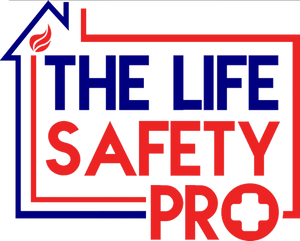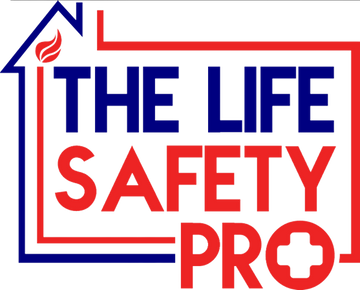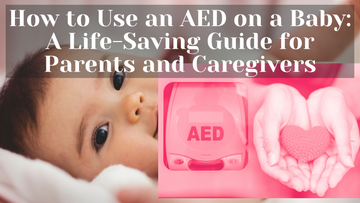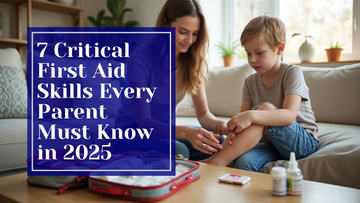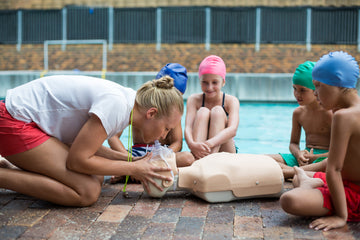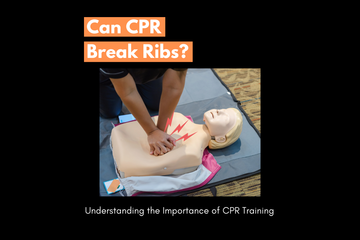Empowering Parents and Caregivers with Children's First Aid and CPR Essentials
by Jeremy Manke on Dec 03, 2024
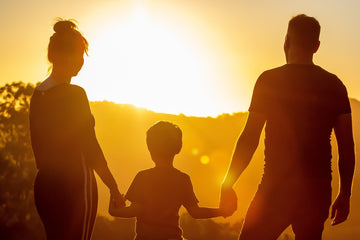
Why Children's First Aid and CPR Are Essential

Emergencies involving children demand swift action. Parents and caregivers are often the first responders, making it vital to understand basic first aid and CPR skills. Accidents, from minor cuts to choking or allergic reactions, happen when children explore the world around them. With proper training, you can:
- Respond effectively to emergencies, potentially saving lives.
- Provide peace of mind, knowing you're prepared to act.
Key Focus Areas for First Aid Training:
- Prevention Strategies: Learn how to minimize risks in your home.
- Recognizing Emergencies: Spot signs of distress, like difficulty breathing, life threatening bleeding, or unresponsiveness.

- Basic Techniques: Master CPR, wound care, and handling burns, fractures and basic injuries.
Keep your kids safe! Click here to explore our Children’s First Aid Kits on Amazon.
Essential CPR Techniques for Infants and Kids
Performing CPR on infants and children differs from adults due to their smaller anatomy. Here are the essential steps:
- Check Responsiveness: Tap gently and shout. Call for help if there's no response.
- Position Properly: Lay infants on a flat surface; ensure older children lie on their backs on the floor.
- Check for Signs of Life: Look for obvious signs of life, including coughing, breathing, or moving (opening eyes or wiggling fingers or toes)
- Chest Compressions:
- Infants: Use two fingers or two thumbs encircling the chest, compress 1.5 inches at 100-120 per minute.
- Children: Use one or two hand, compress 2 inches deep. (As a rough guide if you could pick the child up, use one hand for CPR if you could not, use two hands)
- Rescue Breaths: Cover the mouth and nose for infants; seal the mouth for children and pinch the nose, then deliver two gentle breaths. (just enough to see the chest rise)

Stay calm and confident during emergencies. Proper CPR training can make all the difference.
Common Childhood Injuries and Treatment Steps
Active children often encounter scrapes, sprains, and other injuries. Knowing how to respond is crucial:
- Scrapes & Cuts: Clean with soap and water, apply antiseptic, and bandage.
- Bruises: Use a cold compress for 15-20 minutes.
- Sprains: Follow the R.I.C.E method: Rest, Ice, Compression, Elevation.
- Burns: Run cool water over minor burns and cover with a non-stick bandage.
- Insect Bites: Remove stingers, clean, and apply a cold compress. Seek medical help for allergic reactions.

Monitoring for infection or worsening conditions ensures your child heals quickly and safely.
Creating a Family First Aid Kit
A well-stocked first aid kit is a household necessity. Include:
- Adhesive bandages (various sizes)
- Sterile gauze pads
- Antiseptic wipes and antibiotic ointment
- Pain relievers (age-appropriate)
- Thermometer, scissors, and tweezers
Tailor your kit to your family’s unique needs and regularly update its contents.
If you don’t want to create your own First Aid kit, check out Our Family First Aid Kit at Amazon. It has everything you need to treat your child injuries and extra space for personal medications.
Emergency Response Planning for Families
Preparation is key to handling disasters and emergencies. Create a family emergency plan by:
- Identifying risks in your area.
- Assigning roles for each family member.
- Creating a 72-hour emergency kit with food, water, and first aid supplies.
- Practicing drills regularly.
- Make sure you have a secondary location to go depending where the disaster occurs.
An updated and practiced plan fosters confidence and resilience in times of crisis.

Empowering Caregivers with Lifesaving Skills
When caregivers are trained in first aid and CPR, they become indispensable during emergencies. Encourage:
- Participation in certified training programs.
- Hands-on practice and refreshers.
- Keeping reference materials, like first aid guides, handy. (We have a great guide in our First Aid Kits)
A culture of safety and readiness protects children and empowers everyone in your home.
